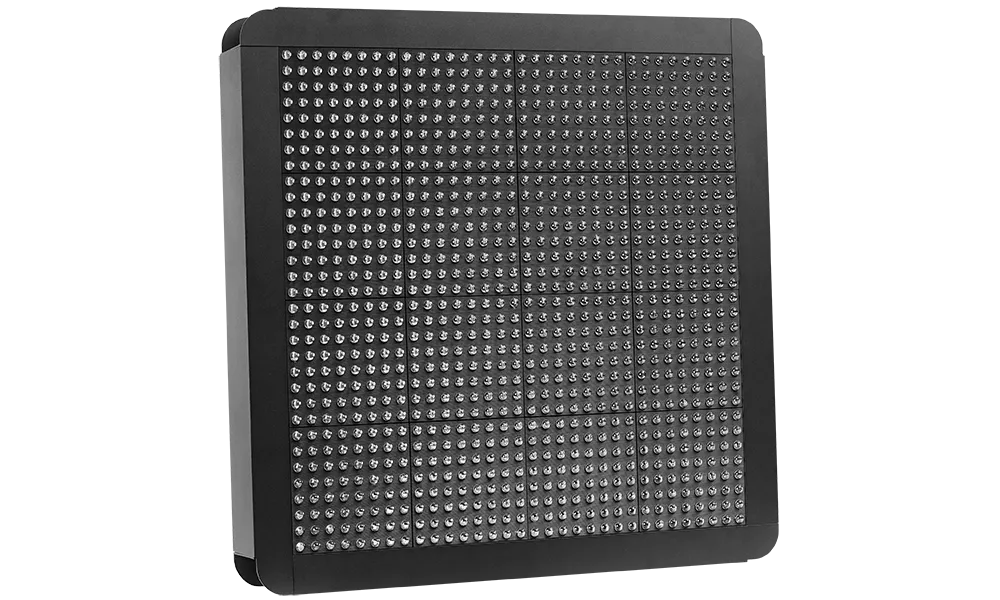Eyevis has released details of a new optical LED projection engine for the EC Cube Series that uses a new light concept (applying one-panel DLP Technology without colour wheel and without lamp) using RGB LED illumination. According to the company, the LED cube provides an extensively longer lifetime of the light source (approximately 55,000h) as well as enhanced optical performance, such as a high-contrast and high-colour gamut RGB illumination system for highest colour fidelity during operation.
February 1, 2012
Read time: 2 mins

According to the company, the LED cube provides an extensively longer lifetime of the light source (approximately 55,000h) as well as enhanced optical performance, such as a high-contrast and high-colour gamut RGB illumination system for highest colour fidelity during operation.
Unlike projection engines using LED clusters for illumination, which creates a visible grid in the resulting image, Eyevis claims the newly developed flat light emitting diodes used in its projection engines enable an unseparated image representation. The specially developed Colour-Rescue-Control technology allows the display of the complete information contained in the image, even in the event of failure of an LED. An innovative heat-pipe cooling system guarantees that the system stays within its recommended operating conditions even in warmer environmental conditions.









